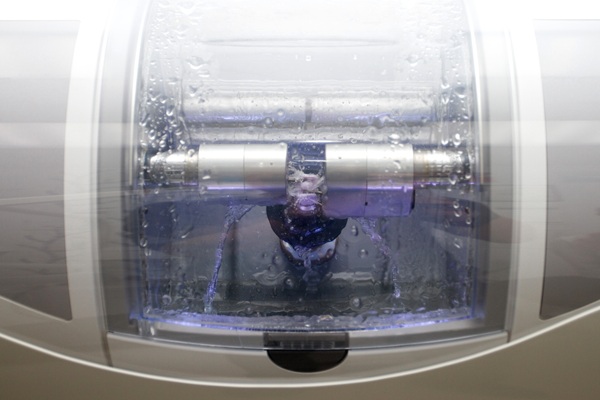If you are thinking about , now might be the right time for this procedure. These third molars can create problems in the mouth, both cosmetically and for your health. It is often more sensible to take out the teeth before they ever emerge. Doing so can help you avoid many of the issues that can occur. This includes contending with tooth decay and gum disease from the buildup of plaque.
Some more information about wisdom teeth
By the time a person reaches their early teenage years, all permanent teeth have come in but one set. The individual will still wait for the third molars, otherwise known as wisdom teeth. Typically, there are two of these teeth on the upper jaw and two on the lower jaw, but some patients may have three, two, one, or none. These teeth serve little purpose in people’s diets today, as two sets of molars are enough to chew the types of foods that individuals eat.
A mouth often does not have enough space for these teeth. This leads to overcrowding, causing pain and discomfort. The third molars may grow in crooked, affecting the person’s bite and the surrounding teeth. Because of their position in the mouth, brushing these molars can be difficult.
An overview of plaque
As a person eats and leaves food particles on the teeth, the sugars and acids leave behind a sticky film called plaque. This substance will slowly eat away at the enamel layer of a tooth, creating tiny holes called cavities. Plaque can harden and turn into tartar, which is more difficult to get rid of. It can cause tooth decay, infections, and gum disease. The most effective way to prevent plaque buildup is to brush and floss properly and regularly.
Plaque and a wisdom tooth
Because wisdom teeth are located so far in the back of the mouth, patients tend to forget about them. When it is time to brush and floss, these hard-to-reach spots can frustrate the individual. The person will then either spend too little time on the area or just ignore it. Another challenge is that a wisdom tooth can grow in misaligned or misshapen. The odd eruption poses issues for brushing and flossing, as parts of the tooth may not get adequate cleaning.
Why wisdom teeth extraction is the key
Brushing at least twice a day with fluoride-based toothpaste and flossing daily can remove plaque. The dentist might also advise removing the teeth. This can remove the difficulties of staying on top of oral hygiene in this awkward spot in the mouth. This procedure requires surgery, often an invasive process that involves cutting into the gums and removing bone first. The recovery process can take a week or two. This treatment can increase the person’s chances of staying away from cavities.
Check out what others are saying about our dental services on Yelp:
Preserve your oral health by removing your third molars
You should not have to contend with severe decay or gum disease. When brushing or flossing proves to be difficult, extracting unnecessary wisdom teeth might make sense. Talk to your dentist today about this possibility. It is good to take care of this procedure before age 20, but you may be a candidate at any age.
or call Aesthetic Dentistry of Noe Valley at 415-493-9143 for an appointment in our San Francisco office.
Related Posts
Wisdom teeth cannot fit in the mouth. Four of your adult teeth are wisdom teeth. These teeth erupt after the second molars are already set in the back of the mouth. Because of this, wisdom teeth do not erupt the right way. Some of them cannot even break through the gums. If you want to…
Dentists regularly field questions about wisdom teeth from patients and young patients’ parents. If you are approaching the age when extracting these teeth is common, you may be curious as well. There are a lot of reasons why dental professionals recommend removing these molars. As you understand more about these teeth, you may realize why…
There are numerous reasons why dental professionals recommend wisdom teeth extraction, and one is to prevent teeth misalignment. Wisdom teeth are the third molars located in the lower and upper parts of the jaw, behind the other molars on both sides. The teeth generally appear years after the other permanent teeth have come up. In…


